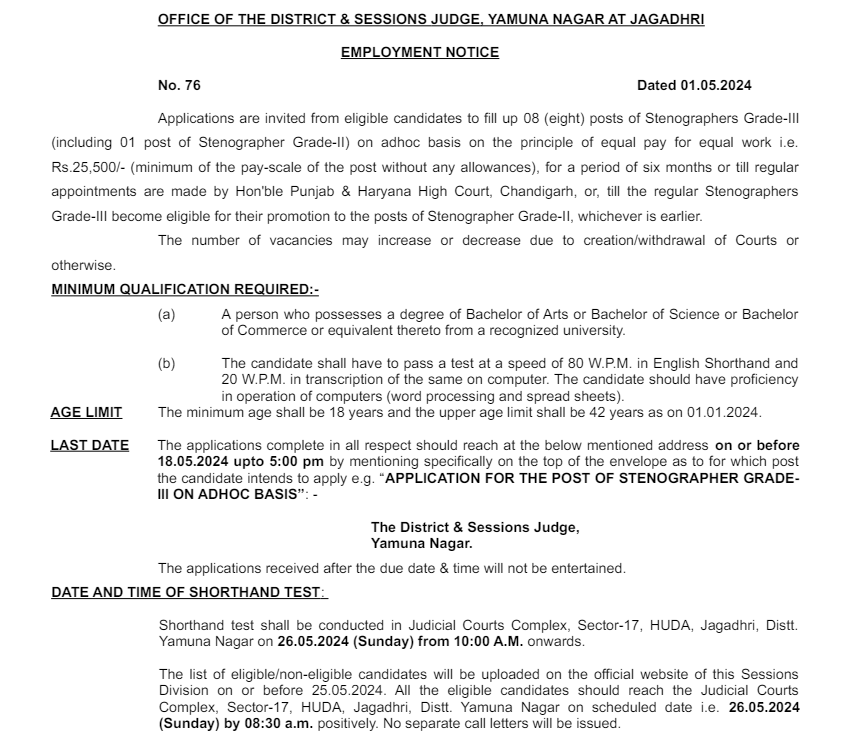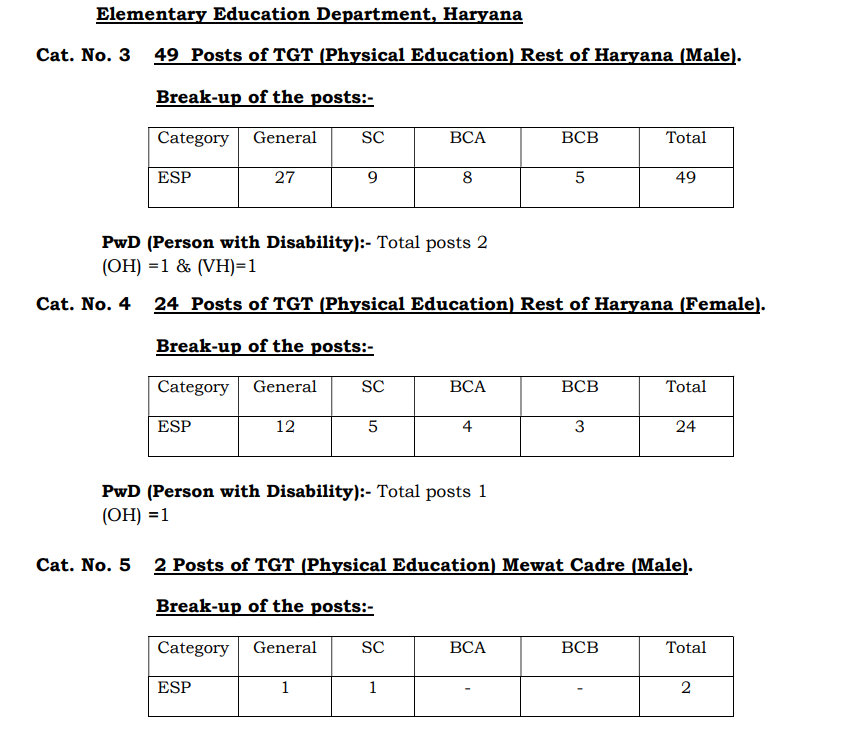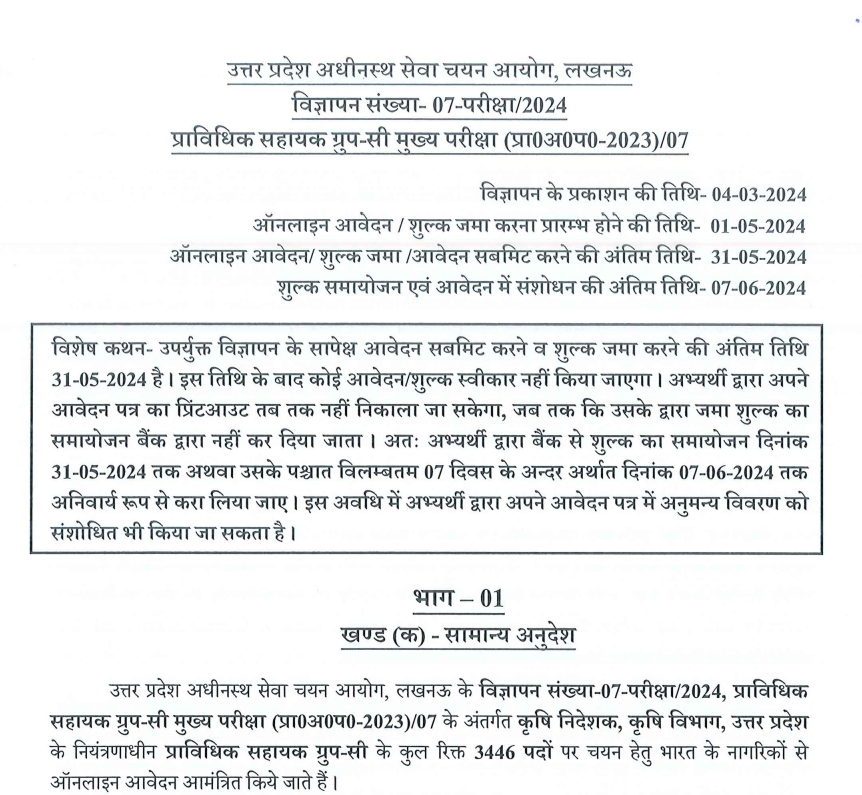GENERAL SCIENCE PRACTICE SET 1

Category –EE Online Test
Telegram-Join Us On Telegram
Attempt Free GENERAL SCIENCE PRACTICE SET 1 Here. Read The Important Electrical MCQ From Below.
1. Which of the following is the lightest metal ?
(A) Mercury
(B) Silver
(C) Lithium
(D) Lead
(Ans : C)
2. The most important ore of Aluminium is–
(A) Bauxite
(B) Calamine
(C) Calcite
(D) Galena
(Ans : A)
3. The element present in the largest amount in rocks and minerals is–
(A) Carbon
(B) Silicon
(C) Hydrogen
(D) Aluminium
(Ans : B)
GENERAL SCIENCE PRACTICE SET 1
4. The chemial name of Uria is–
(A) Aneurin
(B) Chloroetane
(C) Carbamide
(D) None of these
(Ans : C)
5. Permanent hardness of water can be removed by adding–
(A) Potassium Permanganate
(B) Chlorine
(C) Bleaching Powder
(D) Washing Soda
(Ans : D)
6. The formula of Plaster of Paris is–
(A) CaSO4
(B) CaSO4, 2H2O
(C) 2CaSO4, 4H2O
(D) 2CaSO4, H2O
(Ans : D)
7. Liquefied Petroleum gas (LPG) consists of mainly–
(A) Methane, Ethane and Hexane
(B) Ethane, Hexane and Nonane
(C) Methane, Butane and Propane
(D) Methane, Hexane and Nonane
(Ans : C)
GENERAL SCIENCE PRACTICE SET 1
8. The metal that is present in Photo Films is–
(A) Mercury
(B) Platinium
(C) Magnesium
(D) Silver
(Ans : D)
9. Which of the following is in liquid form at room temperature ?
(A) Cerium
(B) Sodium
(C) Francium
(D) Lithium
(Ans : C)
10. The property of a substance to absorb moisture from the air on exposure is called–
(A) Osmosis
(B) Desiccation
(C) Efflorescence
(D) Deliquescene
(Ans : D)
GENERAL SCIENCE PRACTICE SET 1
11. Brass gets discoloured in air due to the presence of which gas in air–
(A) Carbon dioxide
(B) Oxygen
(C) Hydrogen Sulphide
(D) Nitrogen
(Ans : C)
12. Quartz crystals normally used in quartz clocks etc. is chemically–
(A) Sodium Silicate
(B) Silicon dioxide
(C) Germenium dioxide
(D) A mixture of (B) and (C)
(Ans : B)
13. Which of the following elements is non-radioactive?
(A) Uranium
(B) Thorium
(C) Plutonium
(D) Zirconium
(Ans : D)
14. According to Dalton’s atomic theory the smallest particle which can exist independently is–
(A) An atom
(B) A molecule
(C) A cation
(D) An anion
(Ans : A)
GENERAL SCIENCE PRACTICE SET 1
15. The recent atomic weight scale is based on–
(A) 1H1
(B) 1H2
(C) 6C12
(D) 8O16
(Ans : C)
16. The major ingredient of leather is–
(A) Carbohydrate
(B) Collagen
(C) Polymer
(D) Nucleic acid
(Ans : B)
17. Glass is made from the mixture of–
(A) Quartz and mica
(B) Sand and salt
(C) Sand and silicates
(D) None of these
(Ans : C)
18. Epoxy resins is used as–
(A) Moth repellants
(B) Insecticides
(C) Detergents
(D) Adhesives
(Ans : D)
GENERAL SCIENCE PRACTICE SET 1
19. One fathom is equal to–
(A) 6 metres
(B) 6 feet
(C) 60 feet
(D) 60 cms
(Ans : B)
20. What is the unit for measuring the pitch or frequency of sound ?
(A) Coulomb
(B) Hum
(C) Cycles
(D) Decible
(Ans : D)
21. The fastest acting enzyme in the biological kingdom is–
(A) lipase
(B) amylase
(C) carboxypeptidase
(D) carbonic anhydrase
(Ans : D)
22. Lightening cause rainfall because–
(A) It cause combination of oxygen and nitrogen
(B) Some of the gas molecules become bigger
(C) It activate H2O molecule
(D) Photo-electricity reaction starts
(Ans : C)
GENERAL SCIENCE PRACTICE SET 1
23. Nitrification means–
(A) Liquifaction of nitrogen
(B) Convert the atmospheric nitrogen to effective nitrogen compound.
(C) Production of nitrogen from air
(D) Conversion of nitrogen to nitric acid.
(Ans : B)
24. Cell membrane is–
(A) permeable
(B) selectively permeable
(C) semipermeable
(D) impermeable
(Ans : C)
25. Polythene is industrially prepared by the polymerisation of–
(A) methane
(B) styrene
(C) acetylene
(D) ethylene
(Ans : D) –
GENERAL SCIENCE PRACTICE SET 1
(A) Solder
(C) Nichrome
(A) Copper, Silver and Nickel
(C) Zinc, Copper and Nickel
(A) Compound
(C) Mixture
4. Which of the following substance is a bad conductor of electricity but a good conductor of heat?
(A) Asbestos
(B) Celluloid
(C) Purspecks
(D) Mica
(Ans : D)
5. Carborandum is–
(A) Silicon Dioxide
(B) Silicon Carbide
(C) Silicon Nitride
(D) Silicon Phosphide
(Ans : B)
GENERAL SCIENCE PRACTICE SET 1
6. Which of the following is the best conductor of electricity ?
(A) Copper
(B) Mica
(C) Zinc
(D) Silver
(Ans : D)
7. Soda water contains–
(A) Nitrous acid
(B) Carbonic acid
(C) Carbon dioxide
(D) Sulphuric acid
(Ans : C)
8. Which of the following is basis of the modern periodic table ?
(A) Atomic mass
(B) Atomic number
(C) Atomic size
(D) Atomic volume
(Ans : B)
9. Of the following metals, which one pollutes the air of a big city ?
(A) Copper
(B) Cadmium
(C) Lead
(D) Chromium
(Ans : C)
GENERAL SCIENCE PRACTICE SET 1
10. Bell Metal is an alloy of–
(A) Brass and Nickel
(B) Zinc and Copper
(C) Tin and Copper
(D) Nickel and Copper
(Ans : C)
11. The high temperature superconductors are–
(A) Metal alloys
(B) Ceramic oxides
(C) Inorganic polymers
(D) Pure rare earth metals
(Ans : B)
12. The ingredients of Gun metal are–
(A) Iron, tin
(B) Copper, tin
(C) Iron, brass, tin
(D) Iron, zinc, titanium
(Ans : B)
GENERAL SCIENCE PRACTICE SET 1
13. The neutral atom’s two isotopes differ in the number of–
(A) Electron shells
(B) Protons
(C) Valence electrons
(D) Neutrons
(Ans : D)
14. Optical fibres are mainly used in–
(A) Communication
(B) Weaving
(C) Musical Instruments
(D) Food Industry
(Ans : A)
15. The first synthetic fibre made by man was–
(A) Rayon
(B) Nylon
(C) Polyester
(D) Terycott
(Ans : B)
16. Polythene is industrially prepared by the polymerization of–
(A) Methane
(B) Styrene
(C) Acetylene
(D) Ethylene
(Ans : D)
17. A mixture of water and alcohol can be separated by–
(A) Filtration
(B) Evaporation
(C) Distillation
(D) Decantation
(Ans : C)
18. A substance which changes readily into vapour without heating is called–
(A) Efflorescent
(B) Synthetic
(C) Volatile
(D) Effervescent
(Ans : C)
GENERAL SCIENCE PRACTICE SET 1
19. German biochemist, Emil Fischer–
(A) gave Operon model
(B) compared the fit between enzyme substrate to lock and key
(C) proposed the theory of competitive inhibition
(D) proposed the feed back inhibition theory
(Ans : B)
20. Enzymes generally have–
(A) same pH and temperature optima
(B) same pH but different temperature optima
(C) different pH but same temperature optima
(D) different pH and temperature optima
(Ans : C)
21. Coenzyme is–
(A) always protein
(B) often metal
(C) always inorganic compound
(D) often a vitamin
(Ans : D)
22. Cholesterol is one kind of–
(A) Saturated fatty acid
(B) unsaturated fatty acid
(C) Steroid
(D) Diglyceride
(Ans : A)
23. Ethyl-alcohol is mixed completely with water. How ethyl alcohol is separated from the mixture ?
(A) by separation flannel
(B) by evaporation
(C) partial-distillation
(D) evaporation of water
(Ans : C)
GENERAL SCIENCE PRACTICE SET 1
24. White vitriol is–
(A) FeSO4, 7H2O
(B) ZnSO4, 7H2O
(C) MgSO4, 7H2O
(D) CuSO4, 7H2O
(Ans : B)
25. Combustion is a process by which–
(A) heat is produced
(B) light is produced
(C) heat and light both are produced
(D) None of these
(Ans : C)














